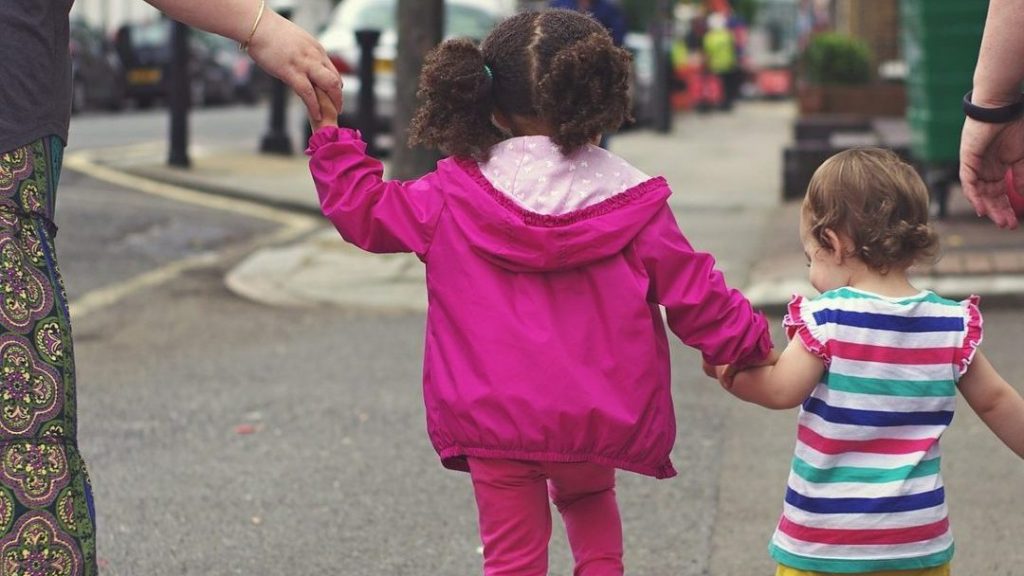Why child poverty is high and how we can fix it
Child poverty in the U.S. is the highest when compared to other nations, but two experts argue direct payments to parents could solve the issue.

Child poverty is the highest in the U.S. compared to other developed nations. While we have programs to address poverty for our elders — social security and Medicare, chief among them — programs directed at children fail to garner the same level of support and popularity nationally.
For example, the expanded child tax credit, a program that sent monthly payments between $250-$300 per child to families of 61 million children beginning in July 2021, ended earlier this year with only middling support.
“There is a feeling that poor people are people making bad choices…where as in other European countries, it tends to be more of a collectively responsibility.” — Bryce Covert, New York Times contributor
Listen: Why we pay more to keep the old out of poverty, but not the young.
Guest
Bryce Covert is an independent journalist writing about the economy. She is the author of “We Pay to Keep the Old Out of Poverty. Why Won’t We Do the Same for the Young?,” a recent piece that appeared in the New York Times. She says while direct payments for children have a proven positive impact for society overall, one of the issues is that child poverty still gets tied to their parents.
“There is a feeling that poor people are people making bad choice,” says Covert, “that it’s about their individual role, and they’re not like us. Where as in other European countries, it tends to be more of a collectively responsibility — that poor people are just having bad luck, or it’s not their fault that something has happened.
“The thing that a child allowance or some kind of child benefit has going for it, is we have a very strong body of evidence showing that it works and has huge benefits for children, for their families, and ultimately for the rest of us down the line.”
Patrick Cooney is assistant director of policy impact at Poverty Solutions — a University of Michigan project to research and alleviate poverty in the state. He says the solution to reducing child poverty is no great mystery.
“When you look at child poverty rates in other western, wealthy nations, and you see them much lower than in the United States, they all have something like a universal child allowance on the books,” says Cooney. “When we had this brief experience last year with the expanded child tax credit, you see the same thing with children — you see child poverty drop considerably.”
Trusted, accurate, up-to-date.
WDET strives to make our journalism accessible to everyone. As a public media institution, we maintain our journalistic integrity through independent support from readers like you. If you value WDET as your source of news, music and conversation, please make a gift today.
